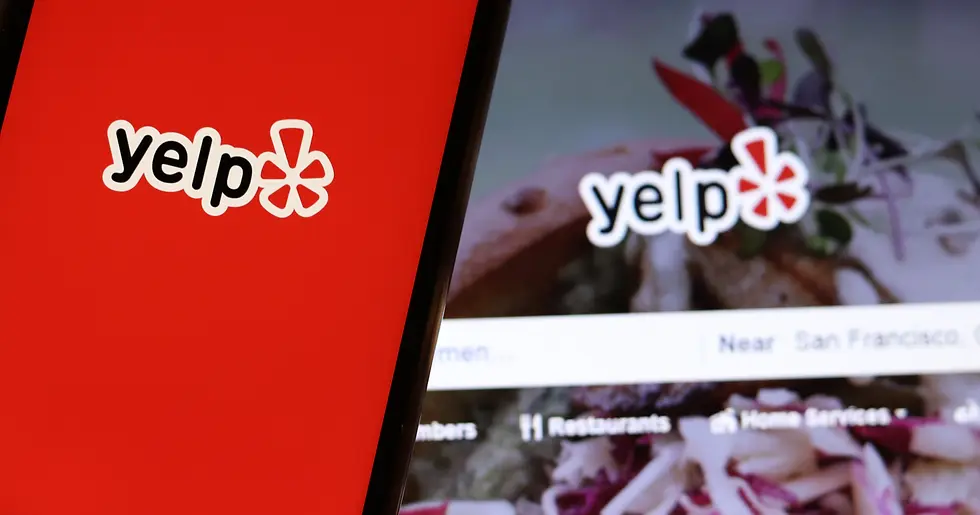Food Photography for Restaurant Owners: Attracting Customers with Irresistible Images
- Seth Hendricks
- Sep 22
- 4 min read
In a world dominated by social media, where visuals reign supreme, food photography has become an essential marketing tool for restaurant owners. A captivating image of a dish can be the difference between a potential customer walking into your restaurant or passing it by. In this blog post, we'll dive into practical tips and techniques that restaurant owners, general managers, chefs, and chef-owners can use to photograph their food and entice customers to try their menu offerings.
The Importance of Food Photography
Before we get into the nitty-gritty details, let's take a moment to understand why food photography is crucial. According to a study by the National Restaurant Association, 83% of diners say they are influenced by food photographs when deciding where to eat. This statistic reflects the potency of a well-captured image in drawing in customers. Whether it's through Instagram or your restaurant's website, high-quality food photos can significantly enhance your marketing efforts and elevate your brand’s image.
Setting the Scene: Lighting Tips
Lighting is one of the most pivotal elements of food photography. Natural light is your best friend. Ideally, shoot near a window during the day for soft, diffused light that highlights the textures of your dishes. Avoid harsh overhead fluorescent lights, as they can create unflattering shadows and color casts.
If natural light isn't an option, consider using softbox lights for a more controlled environment. These mimic daylight and will help create a warm glow on your food. The goal is to ensure that your dishes look appetizing and inviting.

Equipment Recommendations
You don't need to invest in expensive cameras or lenses to get started with food photography. A smartphone with a good camera can be sufficient for taking appealing images. However, here are some recommendations if you're looking to upgrade your gear:
DSLR or Mirrorless Camera: These cameras allow for interchangeable lenses and greater control over photography settings.
Tripod: A tripod is invaluable when shooting in low light or capturing multiple angles. It also helps prevent blurry images.
Reflectors: These can help bounce light back onto your dish to eliminate shadows and highlight textures.
Editing Software: Programs like Adobe Lightroom or even mobile apps such as Snapseed allow you to enhance colors and adjust lighting post-shoot.

Easy Techniques for Captivating Shots
Once you've set up your lighting and chosen your equipment, it's time to consider the techniques that will make your food photos pop.
Angle Matters: Different dishes look better from different angles. For instance, burgers and pizzas are often best captured at eye level, while bowls of soup or drinks are more appealing in high-angle shots. Experiment to see what complements each dish and find your signature style.
Use Props Wisely: Props such as cutlery, napkins, or even the surroundings of your dish can enhance the story. However, be cautious not to overcrowd the image. The focus should remain on the food.
Texture and Detail: Capture close-ups to emphasize the textures that make your dishes stand out. This can be the flaky crust of a pastry or the fresh herbs sprinkled atop a salad.
Experiment with Depth of Field: Using a shallow depth of field (a low f-stop number) allows for a blurred background that draws attention to the dish. This technique creates a professional and polished look.
Styling Your Food
The way you style your food can make a significant difference in its appeal. Here are some quick styling tips:
Fresh Ingredients: Always use fresh and vibrant ingredients. While preparing a dish like a salad, consider placing the freshest items on top where they can catch the light.
Color Contrast: Utilize contrasting colors in your plating. If you have a light dish, consider a darker plate to help it stand out.
Cleanliness: Ensure that plates and surfaces are clean from spills or smudges. A tidy presentation indicates professionalism and care.

The Power of Post-Editing
Once you've captured your photos, the work doesn't end there. Post-processing is often essential for perfecting your images, but not always necessary if you photographed in proper lighting. However, adjusting brightness, contrast, and saturation can turn a good photo into a fantastic one. Here are a few tips for editing your food photography:
Shoot in RAW: If your camera allows it, shooting in RAW gives you more flexibility during editing compared to JPEG files.
Adjust Lighting and Colors: Make small adjustments to brightness, contrast, and color temperature. This can bring your images to life and ensure they look true to how the food appears in your restaurant.
Crop Wisely: Always consider the composition of your image. A good crop can take your photo from basic to visually striking in seconds.
Capture Authentic Moments
While staged photos can look stunning, customers also appreciate authenticity. Capture moments where chefs are assembling dishes, or customers enjoying meals in your restaurant. This connects potential diners to the real experience, making them want to visit. As the upcoming generations lean into brands that feel like friends and companies that are transparent, photographing some of the casual moments can help achieve that authentic feel.
Share Your Success
Food photography isn’t just about taking pretty pictures; it’s about telling the story of your cuisine in a way that entices and excites customers. We hope that by following these practical tips, you will be able to master food photography and attract new patrons to your restaurant, food truck, deli or cafe!
We encourage you to share your food photography journey with us (#OYRtips) and stay connected for more tips and tricks. Follow us on Instagram for inspiring content and updates from the restaurant industry. Let’s make your food stand out and help you own your restaurants identity.
Happy shooting!



Comments